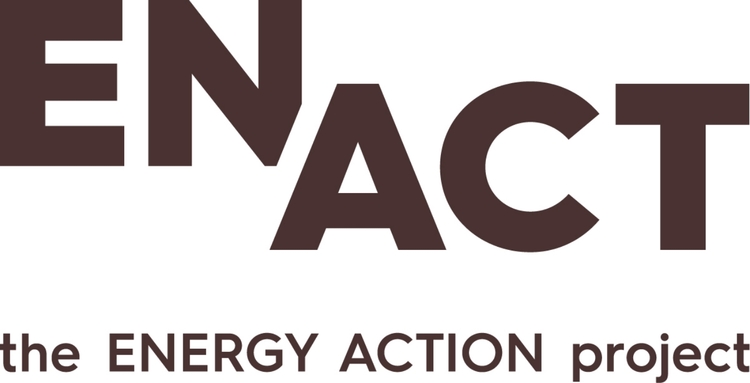The actual cost of renovating 97% of the existing EU building stock is estimated to be in excess of €300 bn per year for the next 30 years. To drive that number home, it’s helpful to think of this way: ~€1 bn per day, every day until 2050.
Among its wide-reaching targets, the European Green Deal (EGD) aims to stimulate national building renovation strategies. Within the Deal, the Just Transition Mechanism aims to unlock funding that will facilitate bold policies, bold action and bold investment, including roll-out of innovative financing models that combine subsidies, grants, guarantees and loans within effective policy and regulation frameworks.
The parameters of this Just Transition Fund recognise the needs and capacities of different actors. While all Member States (MS) are eligible to access the Fund, it targets those most affected by the transition, including facing higher costs. It will, for example, prioritise funding to MS that have the highest carbon-intensity economies and the most people working in fossil fuel sectors. This strategy reflects that governments facing the biggest challenges may be least able to take on more public debt and may want to avoid the pressure of financial markets.
Ergo, the Mechanism is designed to involve the private sector, which can more easily participate in the ‘risk-reward’ world. In relation to energy efficiency renovations, this could prompt broader uptake of the strong business case for using lower energy bills to re-pay renovation loans.
The Mechanism is strategic on the lending side in that it is designed to tackle different financing challenges and stimulate different types of co-investment by public or private partners. In turn, it is strategic on the receiving side in that eligible MS must submit Transitional Plans that carefully itemise all measures they intend to take. The Commission and the MS will assess these plans and allocate funding accordingly.
The Mechanism moves beyond ‘loans for buildings’ in that it aims to capitalise on the ways that building renovations can renovate economic activity more broadly while also delivering benefits across all segments of society. A key tool in this regard is the Just Transition Platform, which is designed to provide technical assistance to MS and investors and, in turn, ensure the involvement of affected communities, local authorities, social partners and non-governmental organisations.
The Mechanism aims to mobilise – from public and private sources – up to €100 bn over the period 2021-27. Importantly, it draws on the experience of the EU 20/20/20 targets in relation to assessing the scale of funding needed as well as for the lessons learned about how to stimulate use of available funds, including to leverage private and public investment. In relation to energy efficiency, it acknowledges that the business case for using lower energy bills to re-pay loans for building renovations has been well-known for the past 10 years – but has not being taken up.
For more details on the Just Transition Mechanism, click above on ‘InDepth’.
For the full set of articles co-produced by EnAct and Renovate Europe, follow the links below:
Part 1 of 5 / Building renovations and the EU Green Deal
Part 2 of 5 / Proof of how buildings renovation can help meet the EU Green Deal
Part 3 of 5 / Tapping into the Just Transition Mechanism
Part 4 of 5 / Leveraging carbon revenues for EU buildings renovation
Part 5 of 5 / Financing residential deep energy renovation


